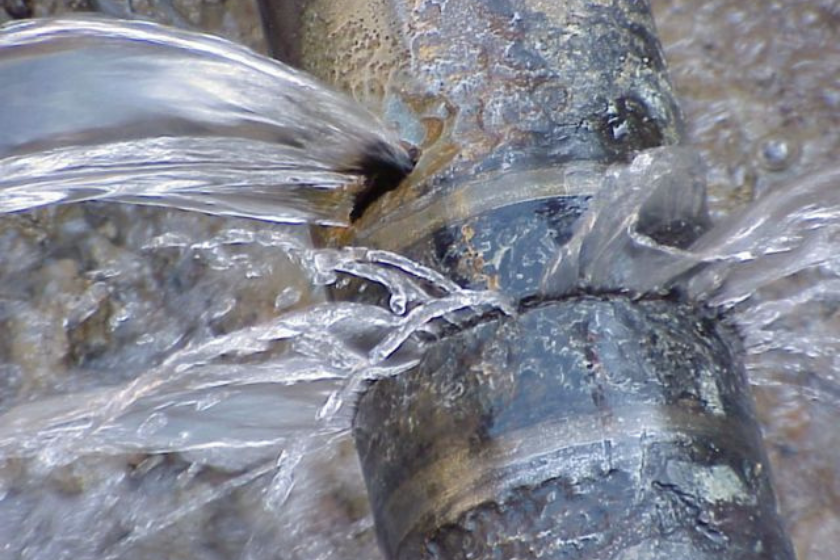Good practices to reduce water losses
Did you know that it would be possible to supply 30 % of the Brazilian population for one year with just the water that is lost on the way from the water company to people’s homes?
The number is quite disturbing, especially if we consider that there are still regions in Brazil that do not have adequate access to basic sanitation services.
How is this value calculated?
Water losses in water supply systems correspond to the difference between the total volume of water produced at the treatment plants and the sum of the volumes measured at the hydrometers installed in consumers’ homes.
There are two types of water loss. The real losses (or physical losses) are the volumes of water that are not consumed because they were lost on the way from the water treatment plants to the customers. The apparent losses (or commercial losses) refer to the water that is consumed, but whose volumes are not accounted for by the distribution company because of irregularities such as fraud, illegal water tapping, and miscalculating hydrometers.
There is no such thing as “zero loss”. No matter how good the infrastructure, operation and maintenance of the supply system is, it is subject to water losses. However, there are some actions that can be taken by the population, water companies and governments to reduce the impact of these losses.
Discover some good practices to prevent water losses:
Sanitation companies should…
• … manage the pressure in the water supply networks, installing pressure reducing valves in areas where it is too high, reducing and stabilizing the pressures and the quantity of new leaks and the flow of existing leaks.
• … check the water networks and pipes to identify non-visible leaks.
• … repair existing leaks (visible and non-visible) in networks and pipelines.
• … renew the infrastructure, replacing old and deteriorated networks and pipelines.
• … adapt the supply sectors, improving the pressure levels in the networks and reducing the size of the control areas to optimize their operation and maintenance.
• … replace hydrometers to obtain accurate measurement of the volumes of water delivered to customers.
• … create awareness campaigns to combat irregularities and inspect.
The general population should…
• … report illegal water connection: besides potentially causing losses, irregular connections can contaminate the water supply system.
• … make sure that there are no leaks in their homes: one should make sure that all taps, showers, and other equipment that uses water are tightly closed. If you notice that the hydrometer keeps moving, it means that there is an internal leak in the residence.
• … be careful when performing new connections: the idea is to avoid incorrect connections that may cause leaks in the future. Always hire experienced and reliable professionals!
• … be a conscientious citizen: in addition to using water resources wisely, demand the authorities in your region to make the necessary investment in quality infrastructure to avoid water losses.
To reduce the percentage of water loss, everyone should embrace these measures. With proper investments in basic sanitation and preventive actions to avoid water losses, it is possible to improve this index and the quality of sanitation services in general.

















